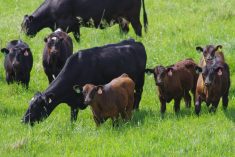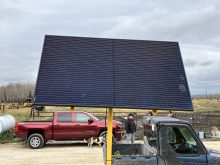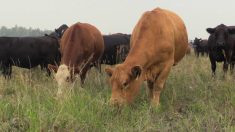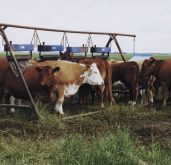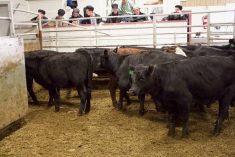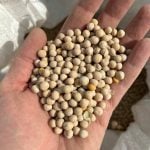Hundreds of Manitoba students walked away from Brandon’s Keystone Centre after getting up close with cattle and sheep in late October.
The experience was thanks to the return of MooMania and its sheep-centred counterpart, EweMania, to the 2025 Manitoba AG EX. The dual educational events have become a standard event on the schedule for the fall ag fair in Brandon.
WHY IT MATTERS: Agricultural education events like MooMania and EweMania hope to bridge a growing gap between consumers and primary agricultural production.
Read Also
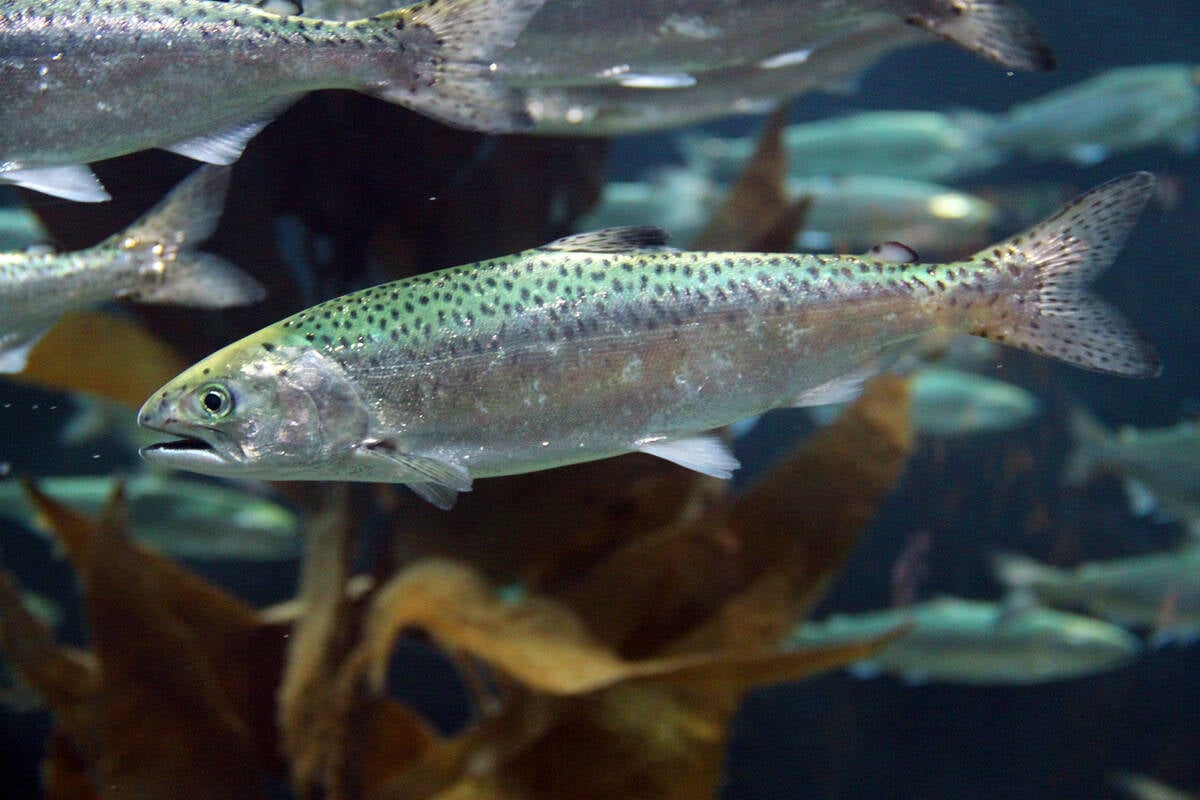
Canadian aquaculture wants farming treatment
Canada’s fish farms want to switch federal portfolios to be under Agriculture and Agri-Food Canada’s eye rather than Fisheries and Oceans Canada’s thumb and be able to grow production.
The hands-on experience, designed for Grades 3 to 5, is meant to give urban children a rare opportunity to connect with the province’s agricultural industry.
Approximately 70 per cent of Canadians live in large urban centres, according to Statistics Canada’s 2021 census. Meanwhile, Canada’s farm population declined by over 60 per cent since 1971, falling to around 593,000 people. The average farm household size has also decreased, now sitting at 2.8 individuals per household.
Carissa Kirkup, a Grade 6 teacher at St. Augustine School in Brandon, brought her class for the fourth consecutive year. Very few of her students have connections to agriculture.
“That’s really why I like to bring them here, because I like to expose them to Manitoba agriculture and all the all the things we have,” she said.
The event also ties into her science curriculum’s “diversity of living things” unit.
“It’s a really hands-on day, and it’s a fun learning experience,” she said.
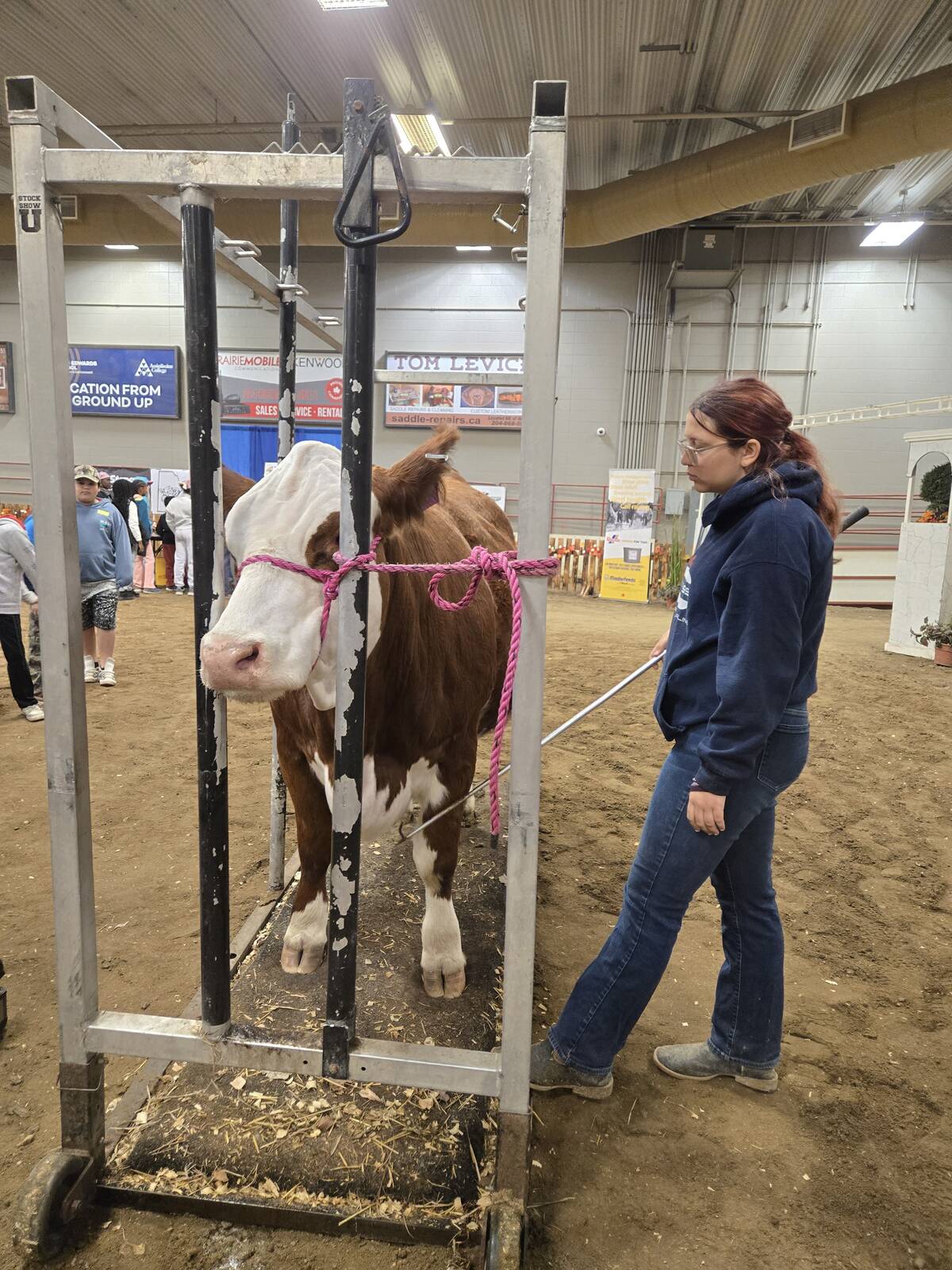
Features of the day include mock livestock shows, barn tours and interactive stations outlining how the industry works.
According to the Provincial Exhibition of Manitoba, which hosts Ag Ex, MooMania explores the life of a cow from the barn to the dinner table, while teaching students about food production and environmental sustainability. EweMania was added to the schedule several years ago with collaboration from the Manitoba Sheep Association
Simon Atkinson, a board director with the Provincial Exhibition and one of the sheep organizers, said education remains central to the show’s mission.
Historically, around 200 students from about a dozen Westman schools participated in the programs, according to organizers.
Kirkup, who has a farming background, said her school tries to incorporate agriculture into classroom lessons using available resources.
“I think it’s important to talk about because of the connection to food and everyday living,” she said.
Bridging the gap between kids and food
The disconnect between children and food production has become a pressing concern for agricultural educators, one that various programs have grown to combat.
Agriculture in the Classroom Manitoba says they reached almost 49,400 students last year through registration in their programs. That’s up from just under 28,600 in 2022. The pandemic had forced the organization to pivot in 2020 and 2021.
Agriculture in the Classroom Manitoba has established a presence in every school division across the province, according to the organization’s 2022 annual report.
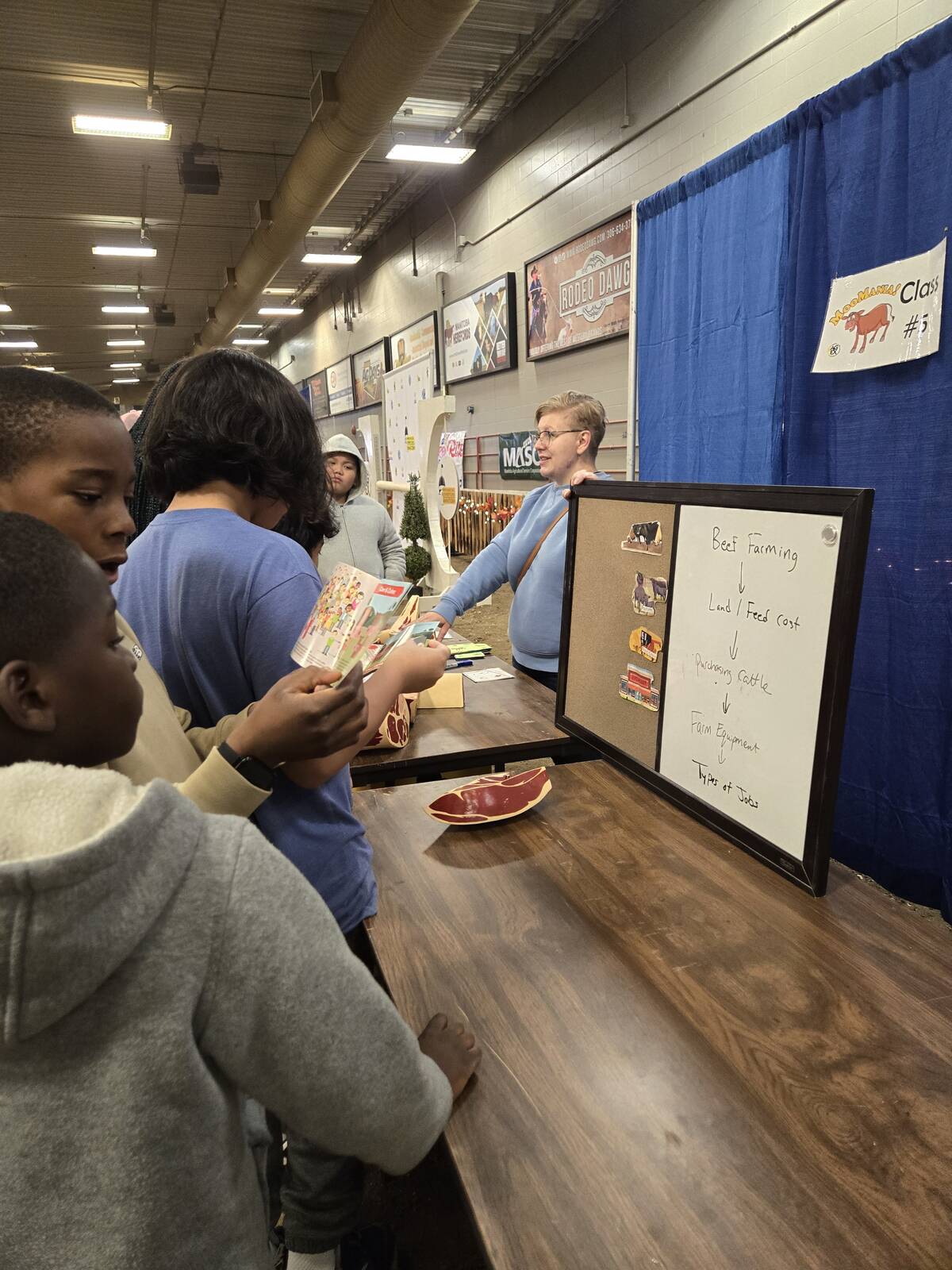
Another national agri-food initiative introduced more than 90,000 youth, including about 5,700 Indigenous youth, to the sector, and 82 per cent said they learned something new about farming or digital agriculture, according to Protein Industries Canada. AgScape, an Ontario-based non-profit that teaches students about food systems, reported in its 2023 annual report that 61 per cent of youth in northern communities wanted to learn more about agriculture after a classroom lesson.
High school students with farm or home-garden experience tend to have more positive attitudes toward fruits and vegetables and are more likely to eat enough of them, according to research published in the journal Agriculture & Food Security. Programs such as 4-H Canada’s Food for Thought and Yukon’s Kids on the Farm have reached thousands of children, helping to build curiosity, sustainability awareness and a stronger sense of connection to the land.
The federal government has also invested in agriculture education for children. Its 2025 engagement report on the National School Food Program highlighted the importance of linking school food programs to local agriculture, calling for region-specific research and curriculum integration to strengthen children’s connection to food systems.




